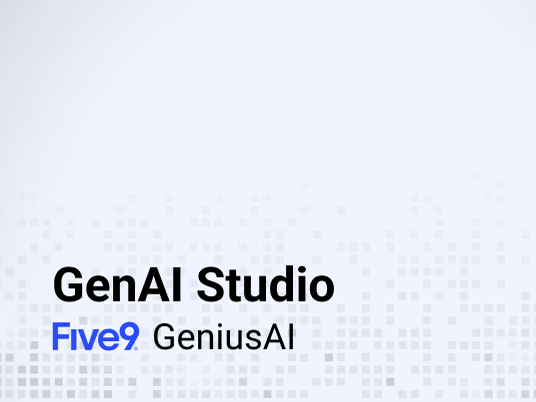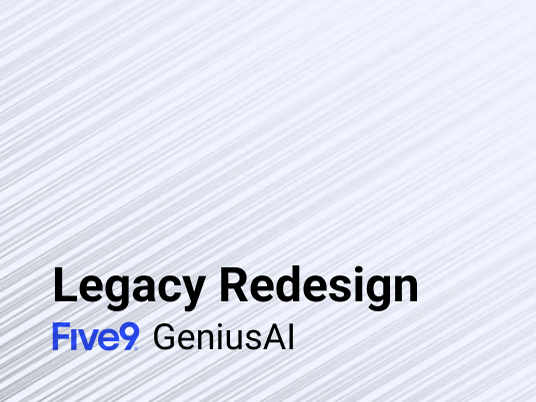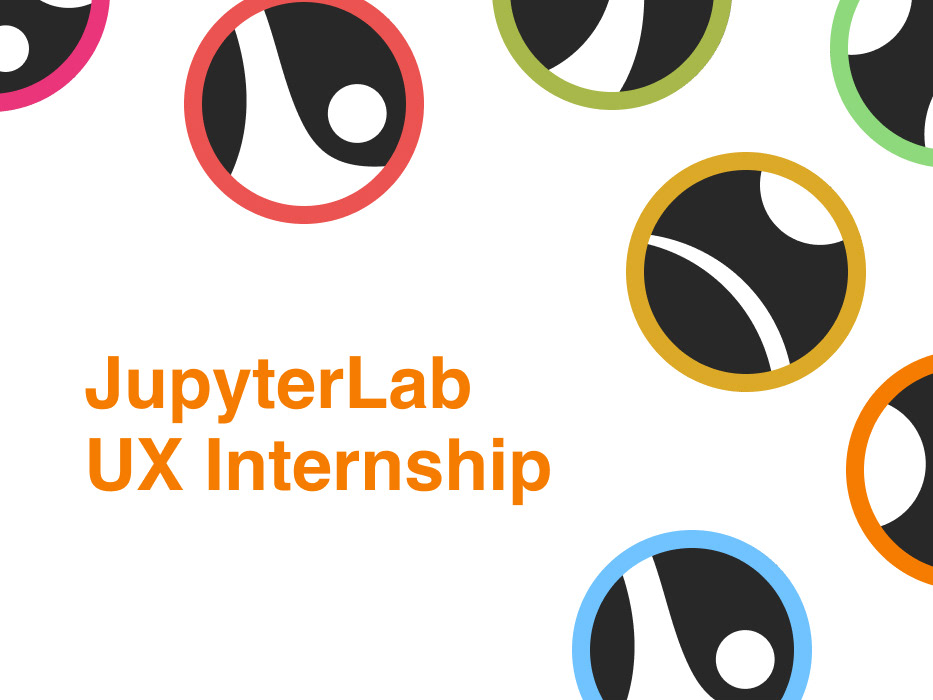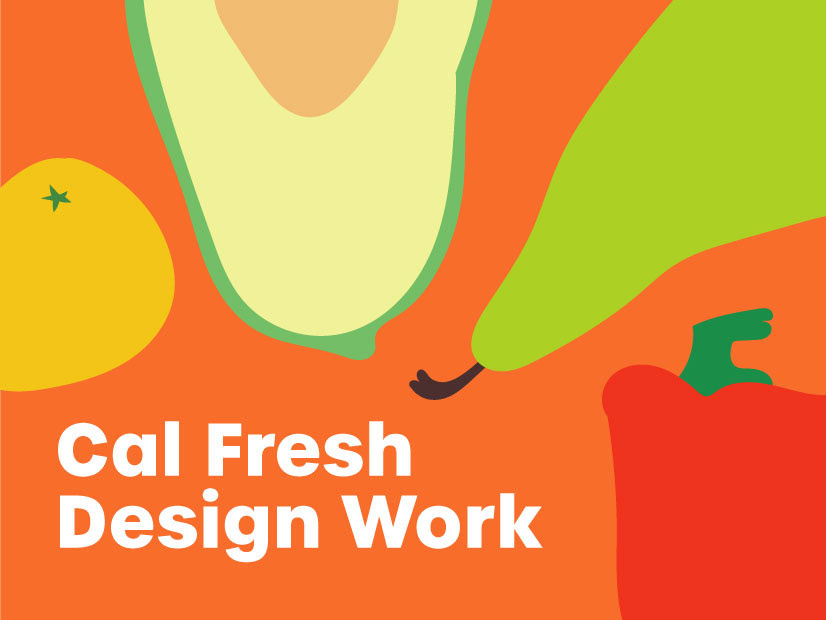Five9 had historically relied on third-party providers to deliver dynamic knowledge services to customers. With the successful launch of GenAI Studio, the opportunity emerged to build an in-house solution that gave businesses more control and tighter integration with their existing workflows. The result was Knowledge Studio, a self-service platform that enables businesses to upload, manage, and serve AI-powered responses using their own internal knowledge bases.
As the UX designer, my core responsibilities included:
1. Designing a streamlined process for uploading and managing knowledge bases.
2. Creating reusable reference structures for knowledge sources.
3. Enabling users to easily test and validate AI-generated knowledge responses.
User Research and Key Insights
Through interviews with support managers, agents, and operations teams, we identified several recurring issues with existing knowledge management systems:
Inconsistent Output Quality: Users were frustrated with verbose or incomplete answers. The lack of balance between concise summaries and necessary detail led to reduced trust in AI responses.
Complex Setup Processes: Uploading and organizing knowledge sources was perceived as technical and time-consuming.
Lack of Transparency: Users wanted more control over how answers were generated and which sources were being referenced.
Tagging Fatigue: In previous systems, tagging knowledge sources was cumbersome, slowing down onboarding and content organization.
Design Solution:
To directly address these issues, I implemented several UX strategies across the product:
Concise, Transparent AI Responses:
Based on user feedback, we constrained AI responses to a short, summarized answer accompanied by a list of referenced articles. This gave agents a quick, actionable response while maintaining transparency and depth when needed.
Based on user feedback, we constrained AI responses to a short, summarized answer accompanied by a list of referenced articles. This gave agents a quick, actionable response while maintaining transparency and depth when needed.
Streamlined Upload & Grouping Experience:
Designed an intuitive UI that allowed users to drag-and-drop documents, assign them to reusable knowledge groups, and immediately make them searchable—eliminating the need for complex configurations.
Designed an intuitive UI that allowed users to drag-and-drop documents, assign them to reusable knowledge groups, and immediately make them searchable—eliminating the need for complex configurations.
Tag-as-You-Go System:
After evaluating multiple tagging paradigms, I adopted a dynamic tagging system influenced by Adobe Lightroom. This allowed users to create and assign tags fluidly during the upload process, minimizing friction and improving organization over time.
After evaluating multiple tagging paradigms, I adopted a dynamic tagging system influenced by Adobe Lightroom. This allowed users to create and assign tags fluidly during the upload process, minimizing friction and improving organization over time.
Tight Design-System Alignment:
To meet tight deadlines, I stayed within the constraints of Five9’s Nimbus design system. This was especially important for components like the document carousel, where pre-established typography and behavior guided design decisions without compromising usability.
To meet tight deadlines, I stayed within the constraints of Five9’s Nimbus design system. This was especially important for components like the document carousel, where pre-established typography and behavior guided design decisions without compromising usability.
Cross-Functional Collaboration:
Collaborated closely with engineering and product teams to ensure the frontend accurately represented the back-end knowledge distillation process. I facilitated regular design-review sessions and product alignment meetings to ensure consistency across the entire delivery lifecycle.
Collaborated closely with engineering and product teams to ensure the frontend accurately represented the back-end knowledge distillation process. I facilitated regular design-review sessions and product alignment meetings to ensure consistency across the entire delivery lifecycle.
Results:
✅ Improved Agent Experience:
Agents now receive fast, relevant, and trusted answers with direct links to source materials—reducing average response times and increasing confidence in AI-generated content.
Agents now receive fast, relevant, and trusted answers with direct links to source materials—reducing average response times and increasing confidence in AI-generated content.
🌱 High Customer Interest:
The MVP attracted strong beta interest, with customers excited to implement a knowledge solution tailored to their unique documentation and workflow needs.
The MVP attracted strong beta interest, with customers excited to implement a knowledge solution tailored to their unique documentation and workflow needs.
🔄 Future-Ready Roadmap:
Upcoming features include integrations with platforms like Google Drive, SharePoint, and custom knowledge prompts—further enabling personalized, scalable knowledge delivery.
Upcoming features include integrations with platforms like Google Drive, SharePoint, and custom knowledge prompts—further enabling personalized, scalable knowledge delivery.
Demo video was made in collaboration with the marketing team.







